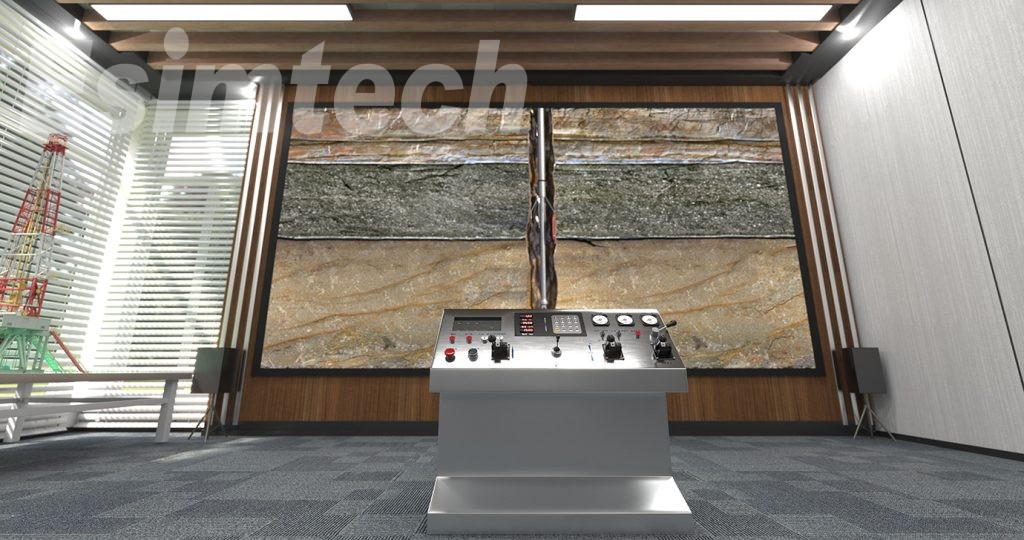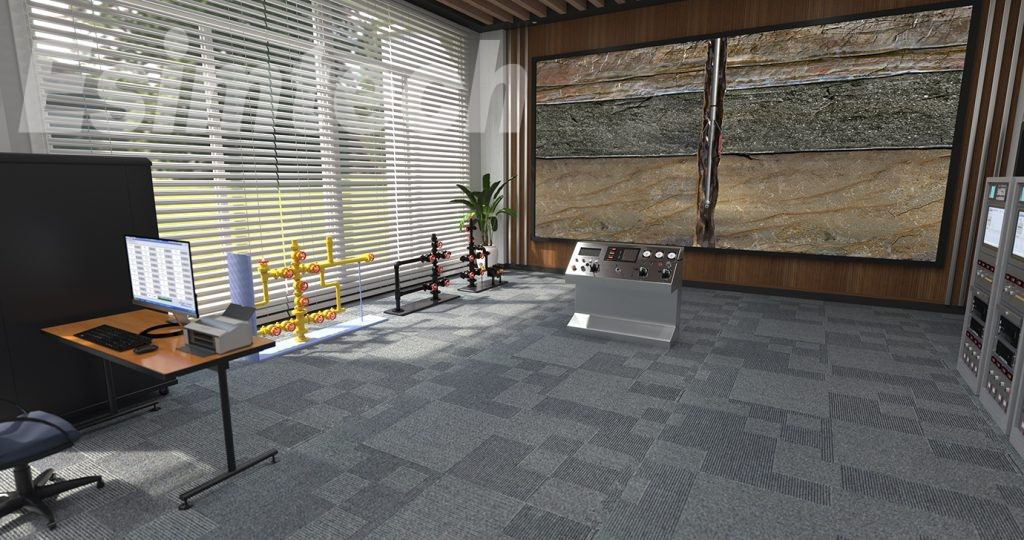Why Choose Well Logging Simulators in the Oil and Gas Industry
In the oil and gas industry, well logging plays a crucial role in acquiring data from subsurface formations. This data helps determine the location, depth, and nature of hydrocarbon reserves. To achieve this, logging tools are employed to measure various physical and geological properties of formations, such as porosity, permeability, fluid saturation, and lithology. Nonetheless, interpreting the acquired data can be challenging, particularly in complex reservoirs. To address these challenges, the industry has turned to well logging simulators—computer programs designed to simulate logging data from specific formations and generate synthetic data for testing, training, and validation purposes. In this article, we will delve into the topic of why choose well Logging simulators in the oil and ga sindustry, exploring the benefits and applications of well logging simulators.

A Primer on Well Logging
Well logging is an indispensable aspect of oil and gas exploration and production. Logging tools are deployed downhole using a wireline or drill pipe, continuously or at intervals, to acquire data. This data is subsequently processed and interpreted to gain insights into reservoir characteristics. The interpretation of the data is critical for estimating reserves, planning field development, and optimizing production.
Logging tools can be classified based on the measurements they acquire. Resistivity tools measure the electrical resistivity of formations, which correlates with porosity, lithology, and fluid saturation. Gamma-ray tools measure the natural gamma radiation emitted by formations, providing information about lithology and mineralogy. Density tools gauge formation density, reflecting porosity and lithology. Sonic tools measure sound wave velocity in formations, which is related to compressibility and fluid saturation. Other logging tools include nuclear magnetic resonance (NMR) tools, pressure and temperature gauges, and imaging tools like borehole cameras.
Interpreting the acquired data is a complex process that necessitates expertise and experience. The data is calibrated, corrected for borehole effects, and transformed into meaningful parameters like porosity, permeability, and fluid saturation. This interpretation is vital for estimating reserves, planning field development, and optimizing production.
Understanding Well Logging Simulators
well logging simulators are computer programs that utilize mathematical models to simulate logging data from specific formations. They generate synthetic data for training and validation purposes. These simulators can mimic the physical and geological properties of formations, as well as the interactions between logging tools and formations. Simulated data can be employed to test and calibrate logging equipment, design logging programs, and train log analysts.
Well logging simulators have the capability to simulate various types of logging tools and measurements. They can replicate a logging tool's response to a given formation, taking into account the tool's geometry, measurement principles, and environmental factors. Additionally, they can simulate the effects of drilling mud, borehole size and shape, and other factors that influence logging data.
Moreover, well logging simulators can simulate the formation's response to the logging tool. They can replicate the physical and geological properties of the formation, including porosity, permeability, lithology, and fluid saturation. Furthermore, they can simulate the effects of stress, temperature, and other factors that impact the formation's properties.
The Benefits of Well Logging Simulators
Well logging simulators provide several advantages to the oil and gas industry, including:
Enhanced accuracy of logging data: By simulating different logging scenarios and considering various environmental factors, well logging simulators can improve the accuracy of acquired logging data. This allows for testing and calibrating logging equipment, resulting in more precise measurements.
Reduced risk and cost: Utilizing well logging simulators can mitigate the risk and cost associated with well logging operations. Simulating diverse logging scenarios helps identify potential issues before they arise, minimizing the likelihood of costly mistakes. Furthermore, simulating logging scenarios aids in optimizing the logging program, reducing the overall cost of data acquisition.
Training and education: Well logging simulators serve as effective tools for training and educating log analysts and other personnel involved in well logging operations. These simulators provide a realistic and safe training environment, minimizing the risk of accidents and expensive errors.
Improved understanding of subsurface formations: By simulating various scenarios and providing visual representations of formations, well logging simulators contribute to a better understanding of subsurface formations. This, in turn, aids in the interpretation of acquired data and enhances the accuracy of reserve estimates.

Applications of Well Logging Simulators
Well logging simulators find several applications within the oil and gas industry, including:
Testing and calibrating logging equipment: Well logging simulators enable the simulation of different logging scenarios, facilitating the testing and calibration of logging equipment before its deployment in the field. This ensures the accuracy of acquired logging data.
Designing logging programs: By simulating diverse scenarios, well logging simulators assist in designing logging programs. They help determine the most effective logging tools and techniques for a given formation, optimizing the entire logging process.
Training and education: Well logging simulators provide a practical and secure environment for training and educating log analysts and other personnel involved in well logging operations. They help minimize the risk of accidents and costly mistakes during training.
Interpreting logging data: Well logging simulators contribute to an improved understanding of subsurface formations by simulating various scenarios and visually representing the formations. This aids in the interpretation of acquired data and enhances the accuracy of reserve estimates.
As the oil and gas industry continues to evolve, well logging simulators will continue to play an essential role in the exploration and production of oil and gas. Their ability to generate synthetic data, test logging equipment, optimize logging programs, and provide realistic training environments makes them invaluable tools in the pursuit of efficient and effective well logging operations.
- Art
- Causes
- Crafts
- Dance
- Drinks
- Film
- Fitness
- Food
- الألعاب
- Gardening
- Health
- الرئيسية
- Literature
- Music
- Networking
- أخرى
- Party
- Religion
- Shopping
- Sports
- Theater
- Wellness


